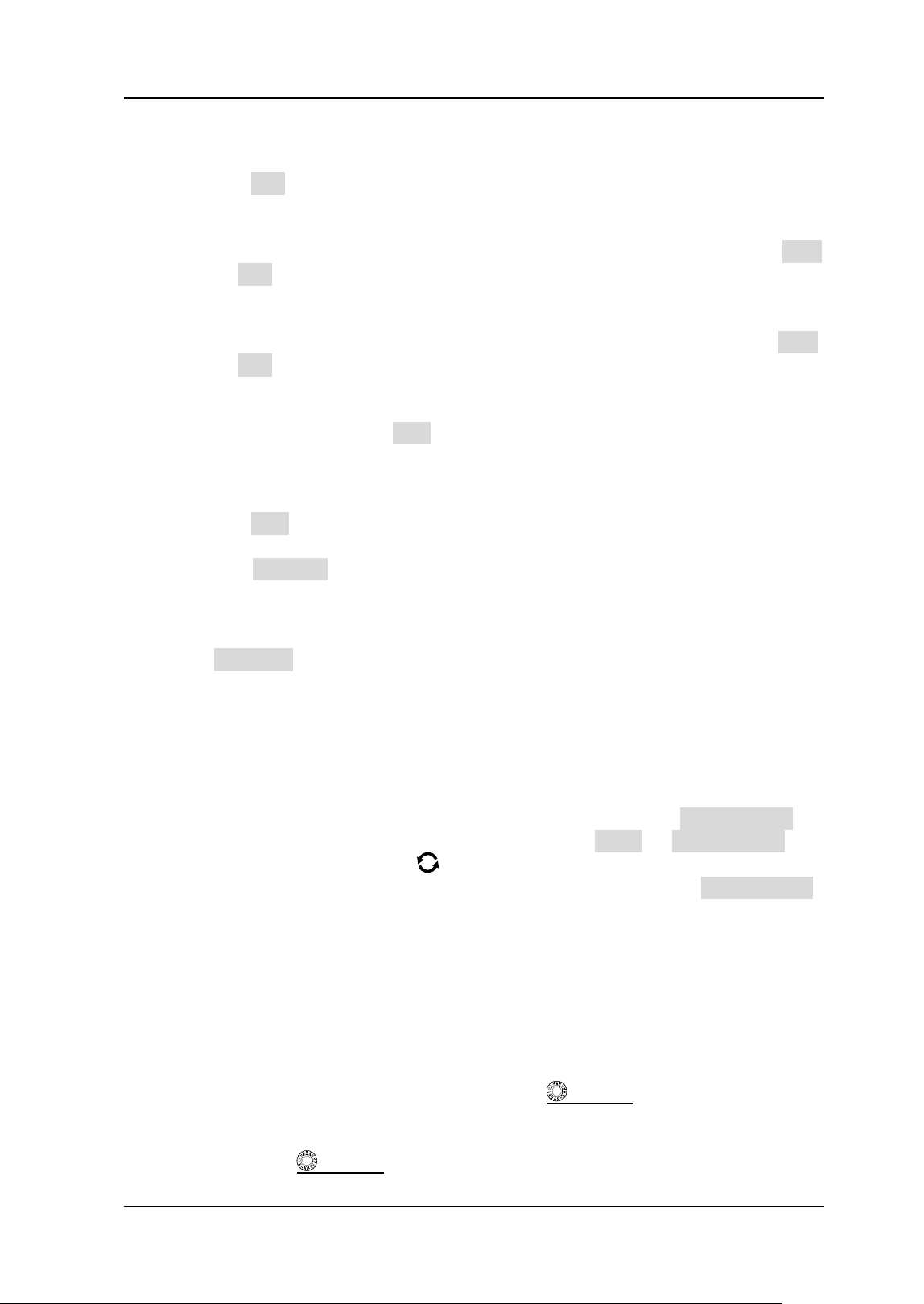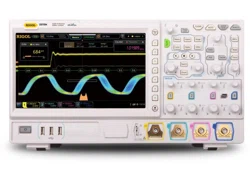Loading ...
Loading ...
Loading ...

Chapter 5 To Trigger the Oscilloscope RIGOL
MSO7000/DS7000 User Guide 5-51
refer to descriptions in "I2C Trigger (Option)".
➢ >: triggers when the channel's data word is greater than the set data word.
Press Min to set the lower limit of the data word. For setting methods, refer
to descriptions in "I2C Trigger (Option)".
➢ <>: triggers when the channel's data word is smaller than the upper limit of
the data word and greater than the lower limit of the data word. Press Max
and Min to set the upper limit and lower limit of the data word respectively.
For setting methods, refer to descriptions in "I2C Trigger (Option)".
➢ ><: triggers when the channel's data word is greater than the upper limit of
the data word or smaller than the lower limit of the data word. Press Max
and Min to set the upper limit and lower limit of the data word respectively.
For setting methods, refer to descriptions in "I2C Trigger (Option)".
⚫ RTA: triggers on the specified remote terminal address. After this trigger
condition is selected, press RTA to set the remote terminal address. For setting
methods, refer to descriptions in "I2C Trigger (Option)".
⚫ RTA+11Bit: triggers on the RTA and the remaining 11 bits. After this trigger
condition is selected:
➢ Press RTA to set the remote terminal address. For setting methods, refer to
descriptions in "I2C Trigger (Option)".
➢ Press Bit time to set the bit time position value to 0 (low), 1 (high), or X
(don't care). For setting methods, refer to descriptions in "I2C Trigger
(Option)".
⚫ Error: triggers on the specified error type. After this trigger condition is selected,
press Err Type to select the error type.
➢ Sync Error: triggers when an invalid sync pulse is found.
➢ Check Error: triggers when the parity bit is incorrect for the data in the
word.
Level Selection and Adjustment of Trigger Level:
After the trigger condition setting is completed, you need to adjust the trigger level
to correctly trigger the signal and obtain a stable waveform. Press Level Select
(when "Data" is selected for the trigger condition, press More → Level Select),
then rotate the multifunction knob
to select the desired level type for adjustment,
and then press down the knob to select the type. You can also press Level Select
continuously or enable the touch screen to tap the desired level type and select it.
➢ Level A: only adjusts the upper limit of the trigger level, and the lower limit of
the trigger level remains unchanged.
➢ Level B: only adjusts the lower limit of the trigger level, and the upper limit of
the trigger level remains unchanged.
➢ Level AB: adjusts the upper and lower limits of the trigger level at the same time,
and the trigger level deviation (the difference between the upper limit and lower
limit of the trigger level) remains unchanged.
Note: In MIL-STD-1553 trigger, pressing Trigger LEVEL can quickly switch the
current level adjustment type.
Rotate the Trigger LEVEL knob to adjust the corresponding trigger level.
Loading ...
Loading ...
Loading ...
